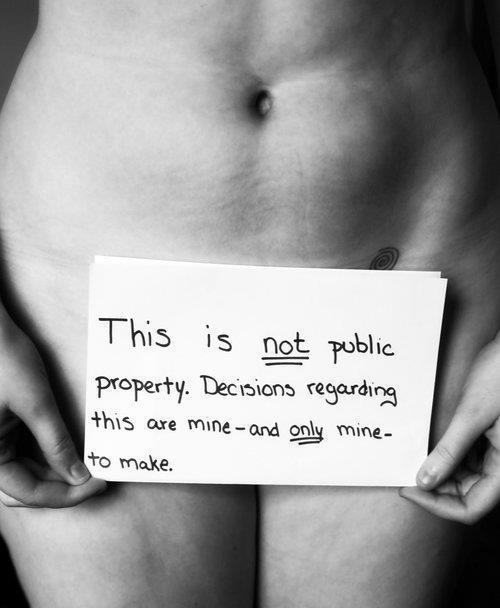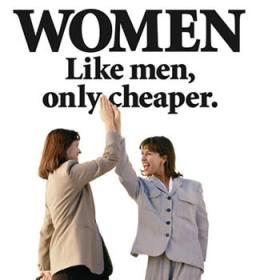Working Bibliography:
Adamczyk, Maria. "Forum For The Ugly People - Study Of An Imagined Community."
Sociological Review 58.(2010): 97-113.
SocINDEX with Full Text. Web. 26 Apr. 2012.
A study on the nature of "Ugly" as a self-label, using a popular Polish internet community. Criteria for the label "Ugly," the stigmatic nature of the self-label, and behaviors of self-exclusion are explored by the author. Of particular interest is the discussion on body-image, and how communities like these can help alleviate low self esteem and despair.
Albright, Julie M. "Sex In America Online: An Exploration Of Sex,
Marital Status, And Sexual Identity In Internet Sex Seeking And Its
Impacts."
Journal Of Sex Research 45.2 (2008): 175-186.
SocINDEX with Full Text. Web. 26 Apr. 2012.
A study on the demographics that search for porn (based on race, gender, and sexual identity) and the psychological effects of seeking out pornography. For women and gay men, negative body image was a frequent consequence of exposure to internet pornography.
Brown, Jane D., and Piotr S. Bobkowski. "Older And Newer Media: Patterns
Of Use And Effects On Adolescents' Health And Well-Being."
Journal Of Research On Adolescence (Blackwell Publishing Limited) 21.1 (2011): 95-113.
SocINDEX with Full Text. Web. 26 Apr. 2012.
Explores positive and negative effects of internet and new media on adolescents.
Duggan, Scott J., and Donald R. McCreary. "Body Image, Eating Disorders,
And The Drive For Muscularity In Gay And Heterosexual Men: The
Influence Of Media Images."
Journal Of Homosexuality 47.3/4 (2004): 45-58.
SocINDEX with Full Text. Web. 26 Apr. 2012.
Explores how internet forums and internet pornography both harm and help the body image of gay men.
Fox, Jesse, and Jeremy Bailenson. "Virtual Virgins And Vamps: The
Effects Of Exposure To Female Characters’ Sexualized Appearance And Gaze
In An Immersive Virtual Environment."
Sex Roles 61.3/4 (2009): 147-157.
SocINDEX with Full Text. Web. 26 Apr. 2012.
Explores how rape culture stereotypes can not only persist but also easily be reinforced in a virtual environment, simply based on the appearance of a virtual 3d character.
Jones, Matthew T. "Mediated Exhibitionism: The Naked Body In Performance And Virtual Space."
Sexuality & Culture 14.4 (2010): 253-269.
SocINDEX with Full Text. Web. 26 Apr. 2012.
Explores a new phenomenon of amateur nudity distribution (such as sexting), and how this trend actually helps to alleviate the negative effects of a poor body image.
Miller, Evonne, and Jamin Halberstadt. "Media Consumption, Body Image And Thin Ideals In New Zealand Men And Women."
New Zealand Journal Of Psychology 34.3 (n.d.): 189-195.
SocINDEX with Full Text. Web. 26 Apr. 2012.
Studies how new media affects self-perception and body image, using undergrads at a New Zealand university campus as the experimental group. Women were shown to be the most susceptible to attaining a negative body image.
Richardson, Niall. "Flex-Rated! Female Bodybuilding: Feminist Resistance Or Erotic Spectacle?."
Journal Of Gender Studies 17.4 (2008): 289-301.
SocINDEX with Full Text. Web. 26 Apr. 2012.
Shows how the sport of female bodybuilding is confined to two polarized stereotypes in internet and new media discourses: a political and feminist act, and a queer spectacle of sexual exhibitionism. Consideration of female bodybuilding as a legitimate , non-political, non-sexual sport is minimal.
Tiggemann, Marika, and Jessica Miller. "The Internet And Adolescent Girls’ Weight Satisfaction And Drive For Thinness."
Sex Roles 63.1/2 (2010): 79-90.
SocINDEX with Full Text. Web. 26 Apr. 2012.
A study on female adolescents and effects of internet use on their body image.







